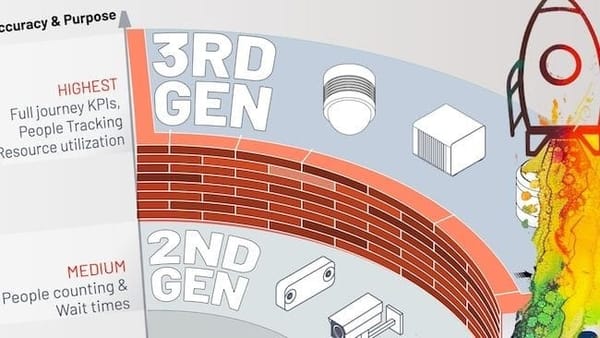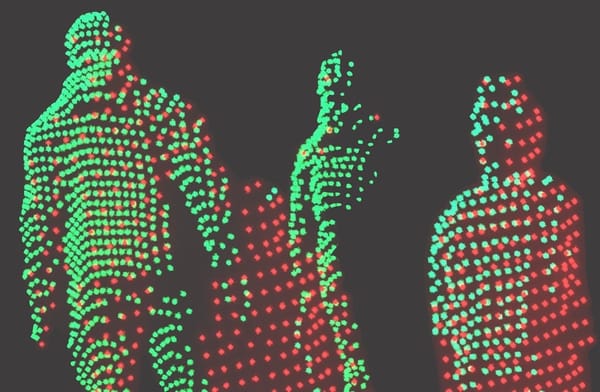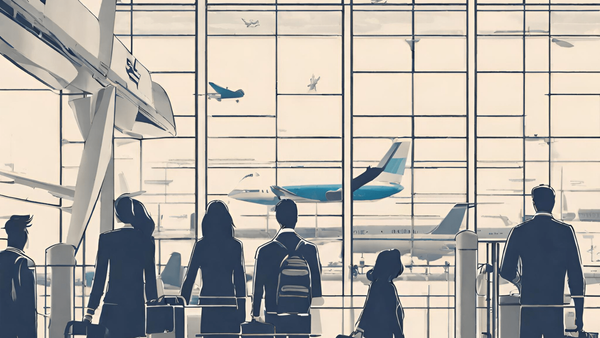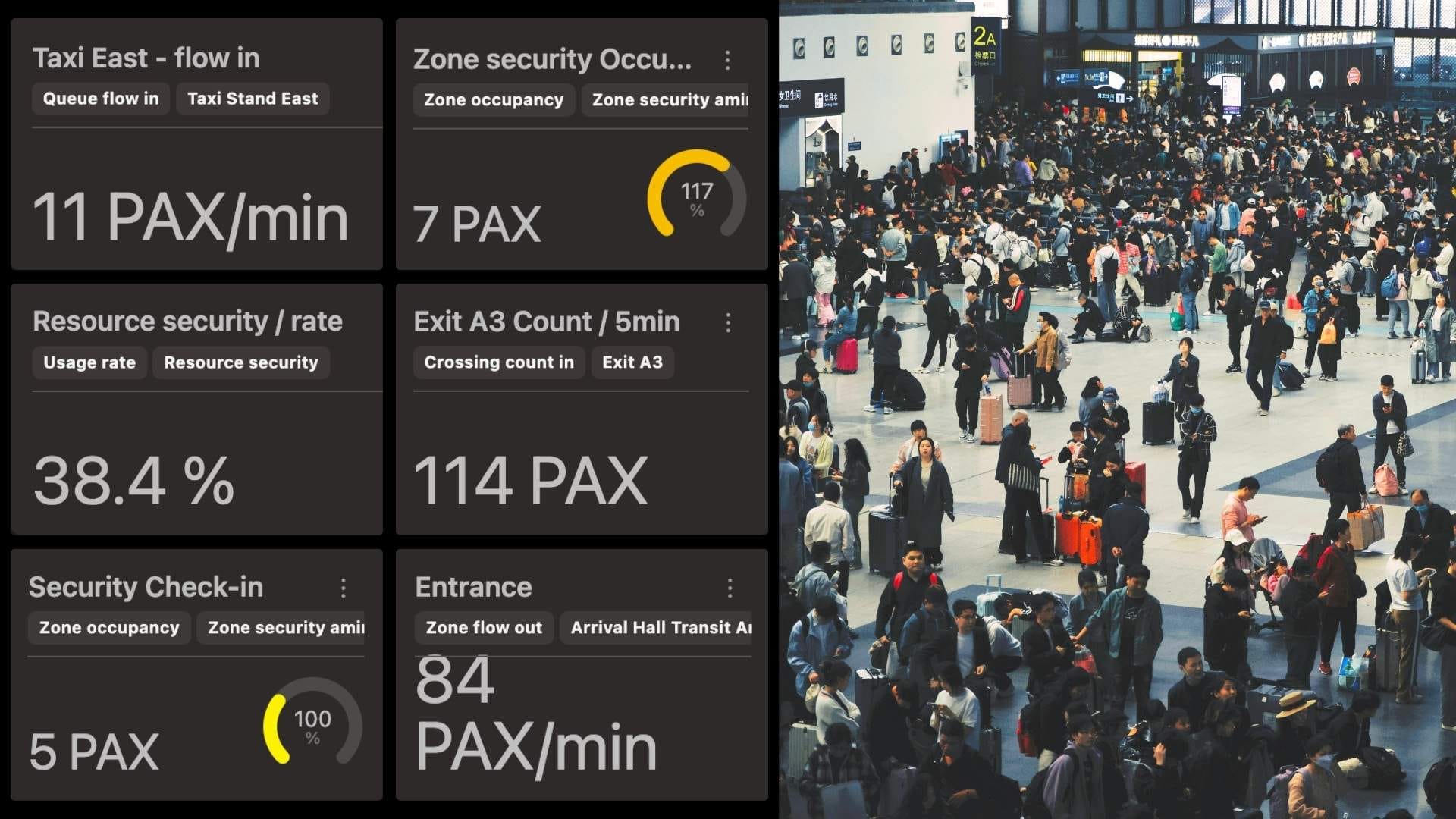
Optimizing Airport Operations with LiDAR-Based Passenger Tracking
Rising passenger volumes are pushing airports to operate with greater precision and efficiency. LiDAR-based Spatial Intelligence provides real-time visibility, enhancing flow, safety, and overall passenger experience.
Despite the challenges posed by the COVID-19 pandemic, air travel volume is on the rise and is expected to grow significantly in the coming decades.
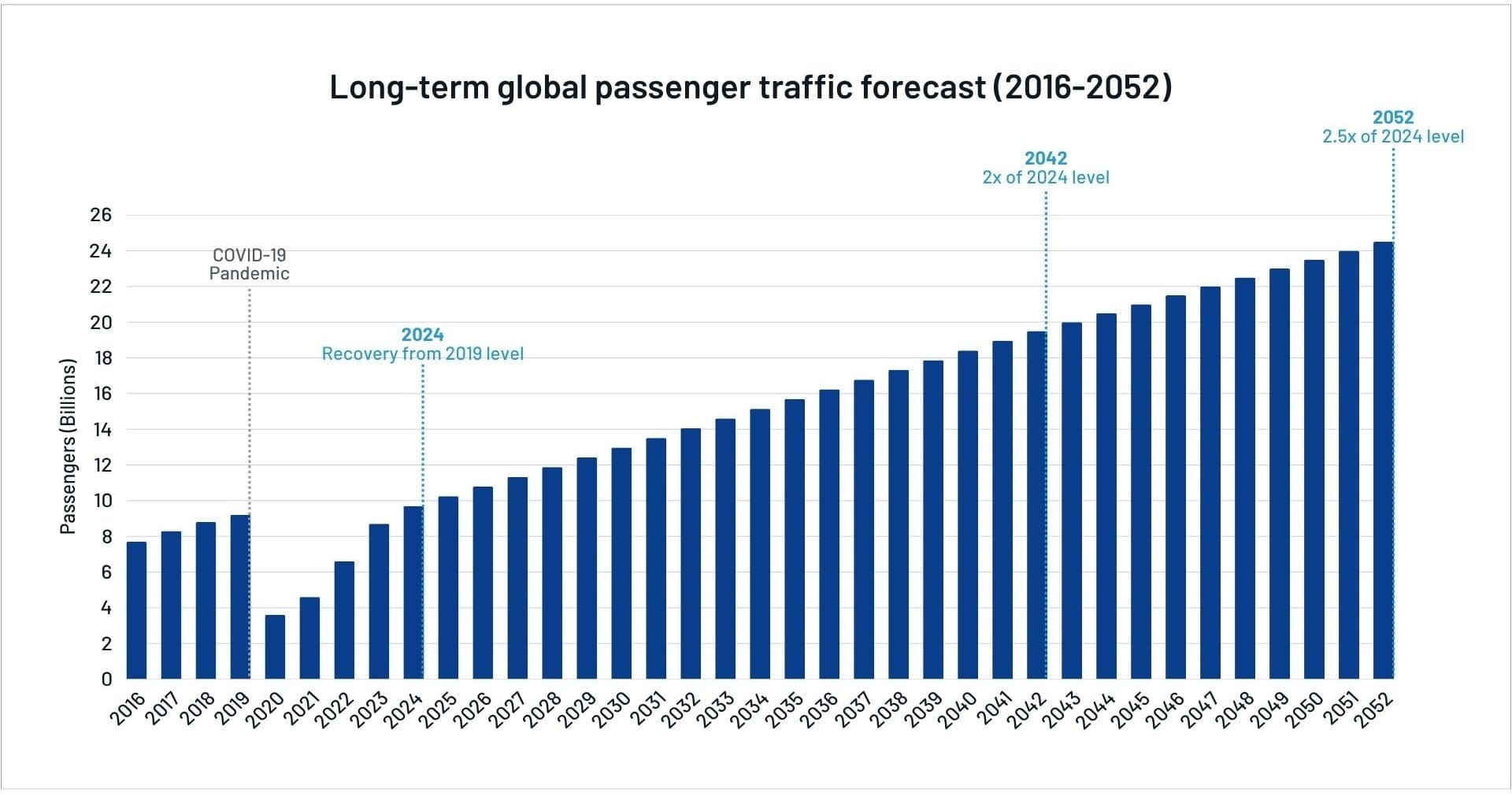
This substantial growth presents significant challenges for airport infrastructure. Airport operators are tasked with handling the increasing demand for air travel while maintaining high-quality passenger experiences and ensuring operational efficiency.
This means airports must enhance passenger flow through precise monitoring and actionable insights, but traditional technologies like Wi-Fi tracking and camera-based systems are no longer enough. This is where LiDAR-based Spatial Intelligence comes in.
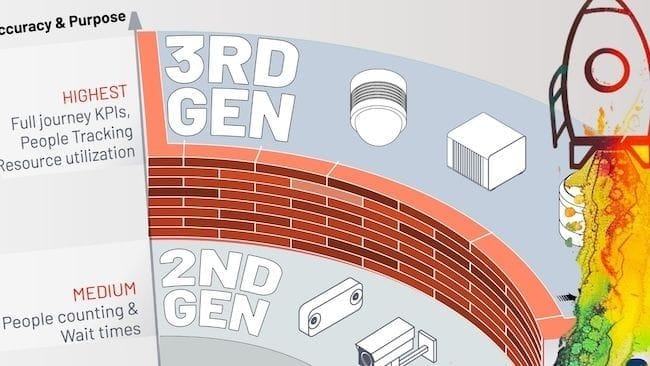
Read more about Evolution of People Counting Technology
LiDAR allows for seamless integration into airport systems, offering a precise, GDPR-compliant solution for tracking passengers, vehicles, and luggage across various airport environments, from terminals to outdoor areas.
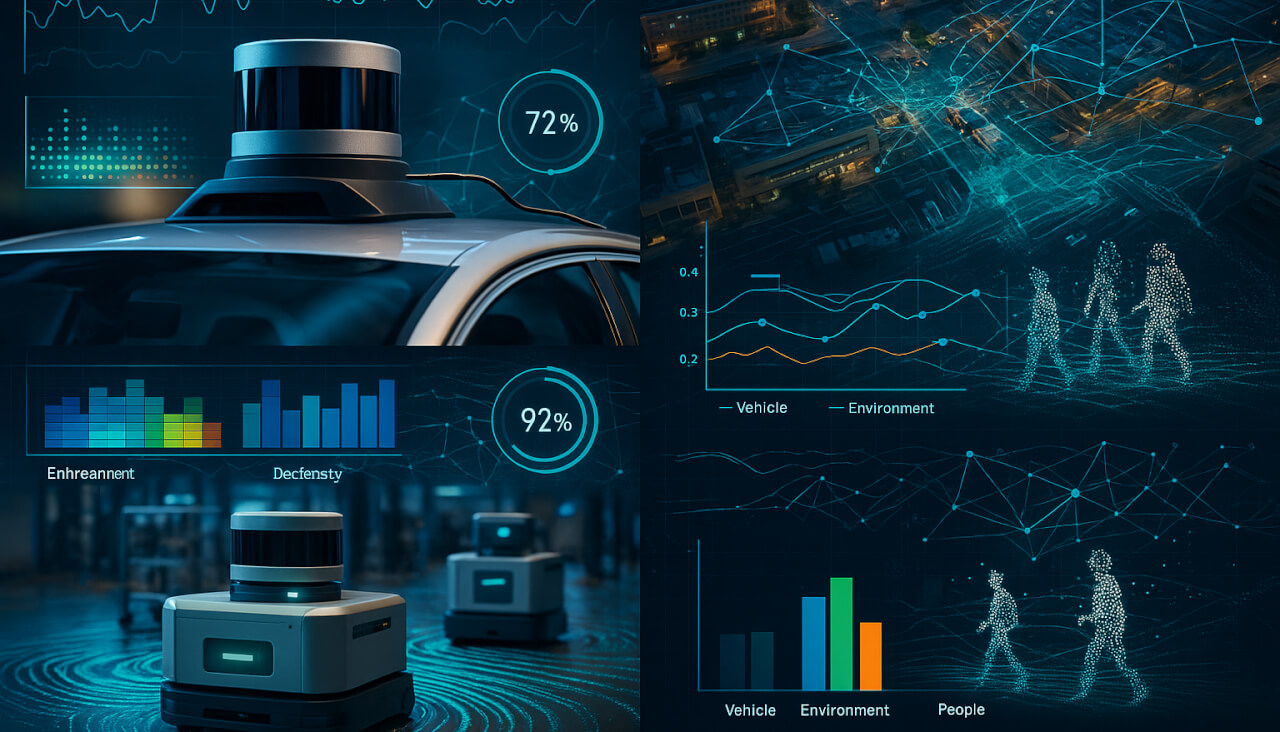
For a deeper understanding of LiDAR technology, explore this article.
Outsight’s LiDAR-based Spatial Intelligence platform takes this technology a step further by integrating 3D mapping, real-time tracking, and actionable data into a single platform.
Passenger Tracking Needs
LiDAR’s precision allows airports to meet and exceed various operational needs, from optimizing passenger flow to enhancing security and improving retail operations. By providing real-time insights into passenger movement, LiDAR enables airports to make data-driven decisions that improve efficiency, safety, and the overall passenger experience.
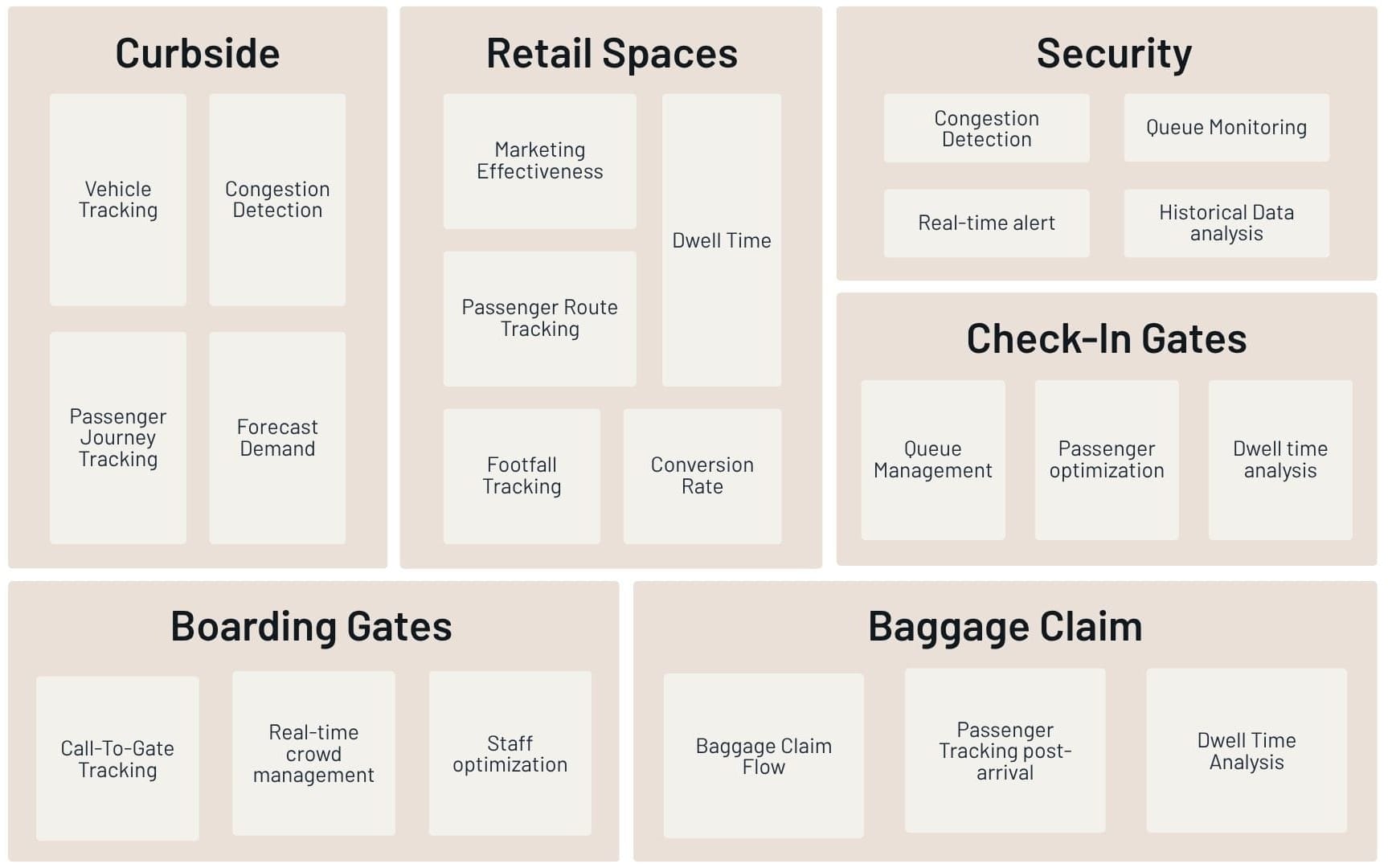
Retail Areas (Duty-Free & Shops)
LiDAR technology in retail areas provides airports with real-time data on passenger footfall, engagement, and conversion rates.
By tracking dwell times and passenger routes, airports can gain insights into customer behavior, optimizing store layouts and product placements. This allows airports to implement personalized marketing strategies and improve conversion rates in duty-free shops. LiDAR data is essential for making data-driven decisions to enhance the passenger shopping experience, streamline store operations, and boost revenue.
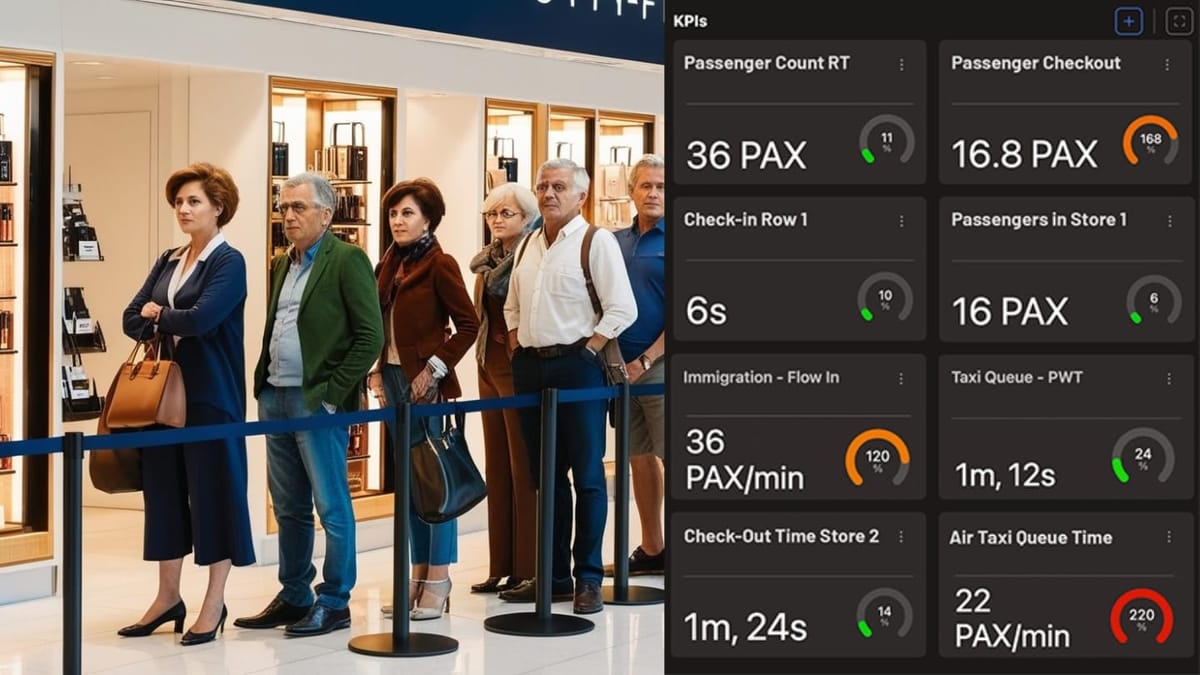
Outsight, in partnership with E23, is transforming airport retail operations.
Security & Screening Areas
Queue length and wait times at security checkpoints have a direct impact on passenger satisfaction and airport image.
LiDAR enhances security operations by providing real-time monitoring of crowd density and congestion at security and screening areas. By tracking passenger movements through these checkpoints, airports can identify bottlenecks, manage queue times, and adjust staffing levels based on actual flow.
This leads to improved security efficiency, reduced wait times, and a smoother experience for passengers, all while maintaining high safety standards.
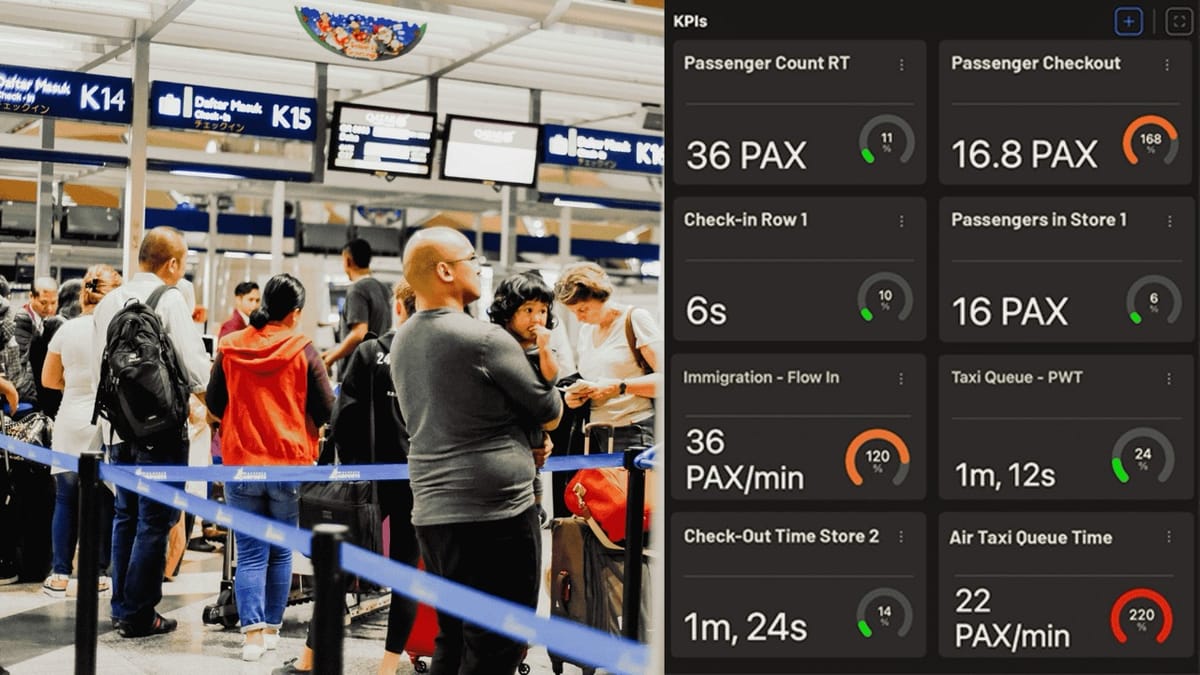
Curbside & Drop-Off Zones
Efficient curbside operations are crucial for ensuring smooth passenger flow from the airport entrance to the terminal. LiDAR tracks vehicles in real time, preventing congestion and optimizing traffic management at busy drop-off zones.
By monitoring passenger movement from curbside to check-in, airports can streamline the passenger journey and adjust resource allocation based on actual demand.
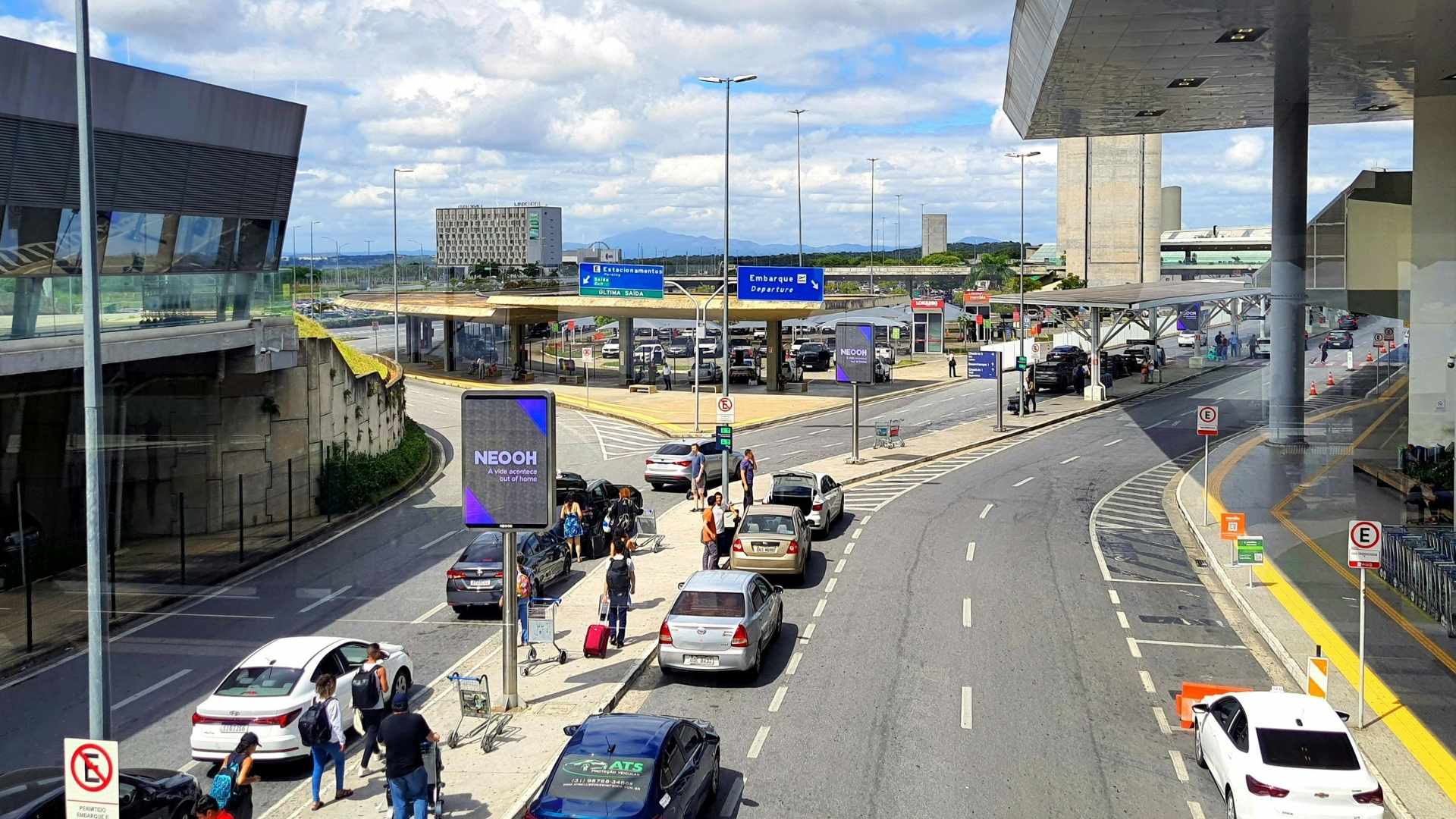
Additionally, historical data analysis helps forecast peak traffic times, ensuring that airports are prepared for high volumes and enhancing operational efficiency.
Call-To-Gate
LiDAR provides precise tracking of passenger movement through check-in and boarding areas, helping airports optimize staffing levels and minimize wait times.
By analyzing real-time data, airports can manage queue lengths, ensure timely boarding, and dynamically adjust staff placement based on actual passenger flow.
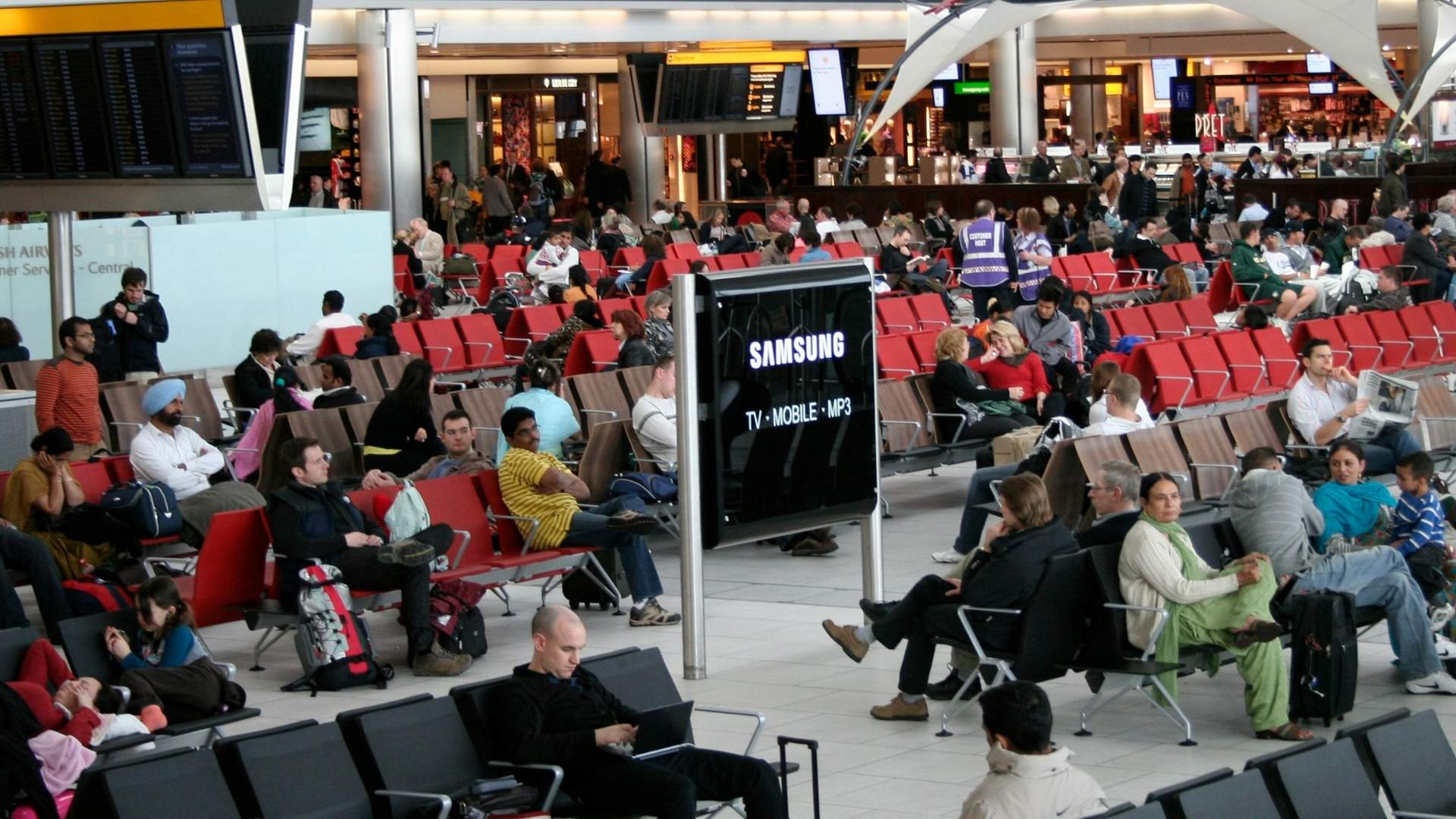
LiDAR also allows airports to forecast peak hours and refine check-in and boarding processes continuously, resulting in a more seamless passenger experience.
Baggage Claim & Arrivals
LiDAR enhances the baggage claim process by accurately tracking passenger movement and reducing wait times at baggage carousels.
By monitoring dwell times and optimizing baggage areas, airports can enhance operational efficiency and passenger satisfaction.
Passenger Flow Monitoring in Check-In Zones
Real-time tracking enables better resource allocation, while historical data analysis helps predict arrival trends, improving the arrival experience for passengers and reducing congestion.
With Outsight’s Spatial Intelligence software, airports can explore personalized KPIs based on their unique operational needs, allowing them to tailor metrics based on what matters most.
For example, Outsight's Spatial Intelligence platform can interface with robotics used for passenger assistance or baggage handling, ensuring real-time coordination across systems.
It also integrates with PTZ cameras to complement LiDAR data, providing a multi-layered view of security and operational conditions.
Outsight's Spatial Intelligence Platform with a Digital Twin of the airport.
Moreover, it combines with the ability to analyze historical data and create custom reports and forecast, ensures airports unlock the potential to craft a truly seamless and personalized journey, driven by actionable insights at every touchpoint.
By offering robust integrations and a flexible, data-driven approach, Outsight enables airports to continuously improve and future-proof their operations, ensuring they remain ahead of the curve in an increasingly complex environment.
To learn more about how Outsight’s LiDAR-based solutions can optimize your airport operations, book a meeting with our expert or visit outsight.ai for more information.







